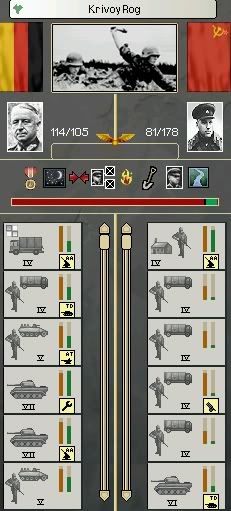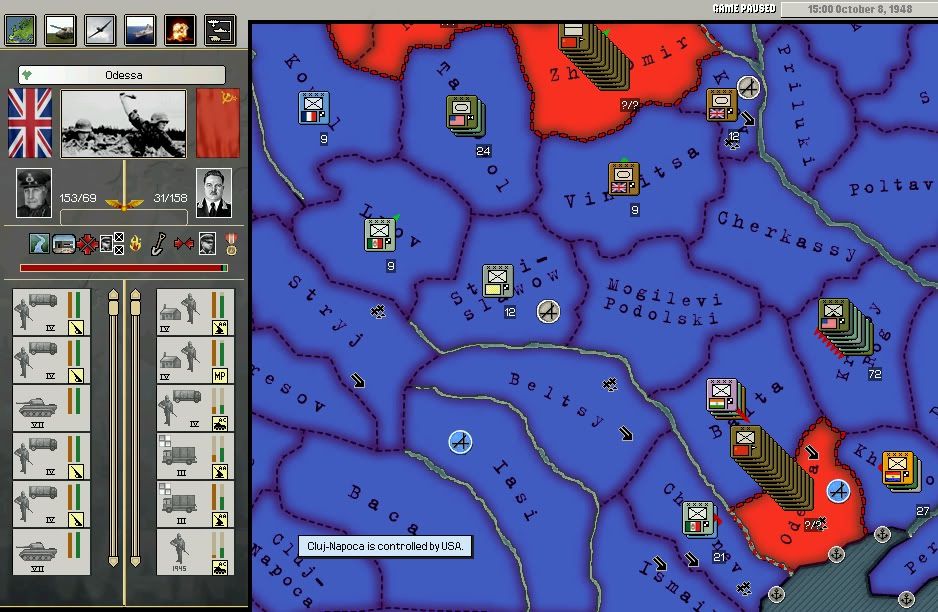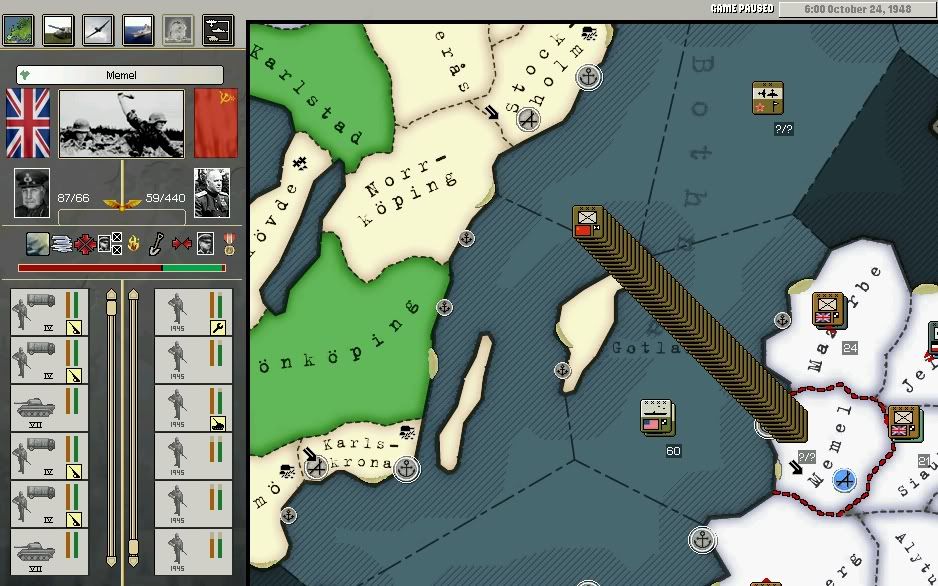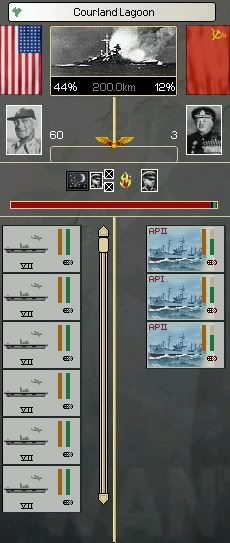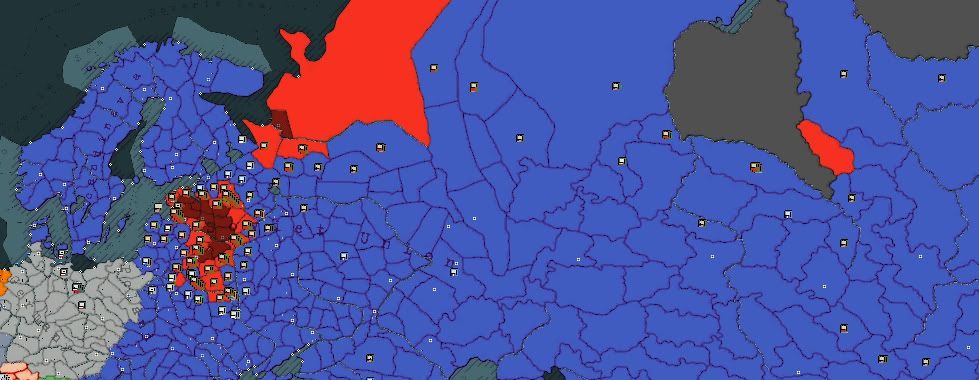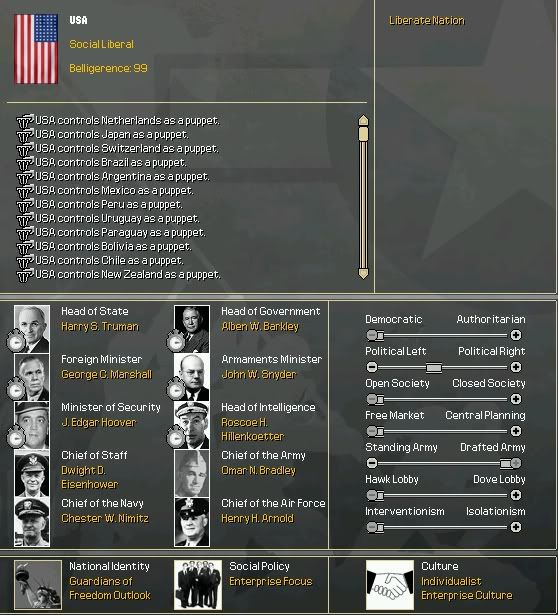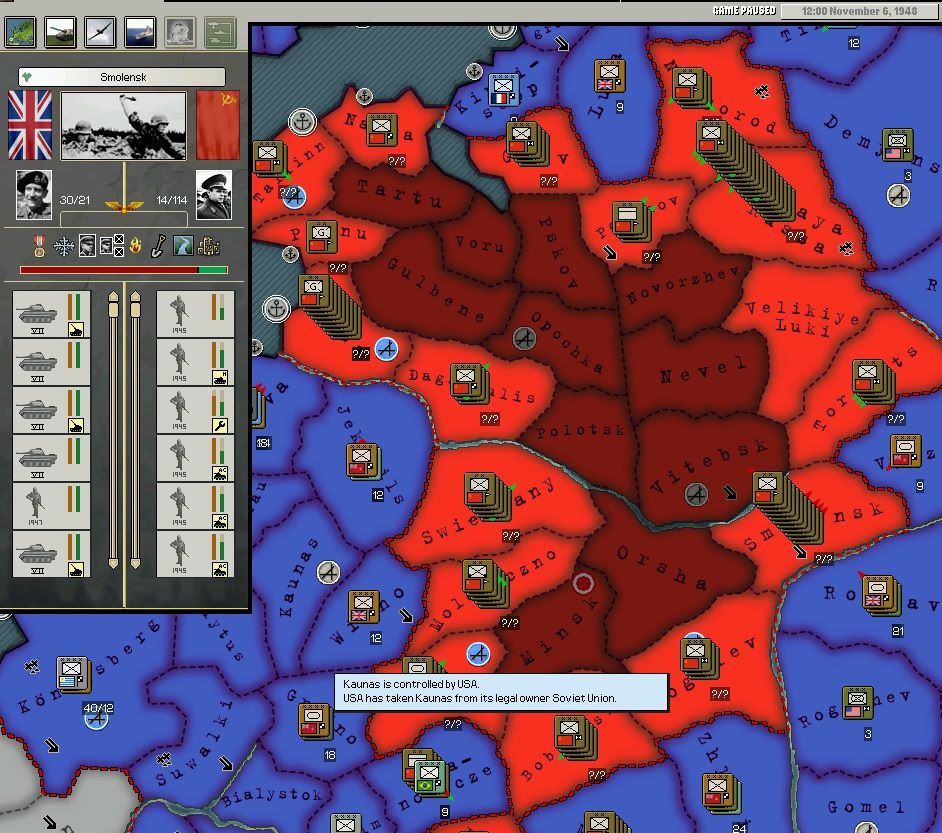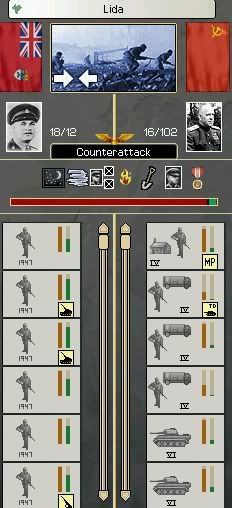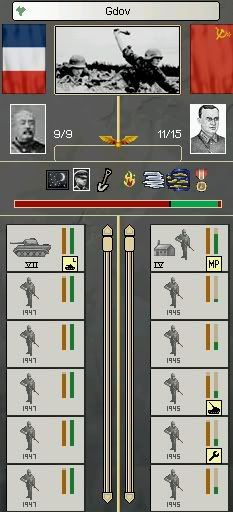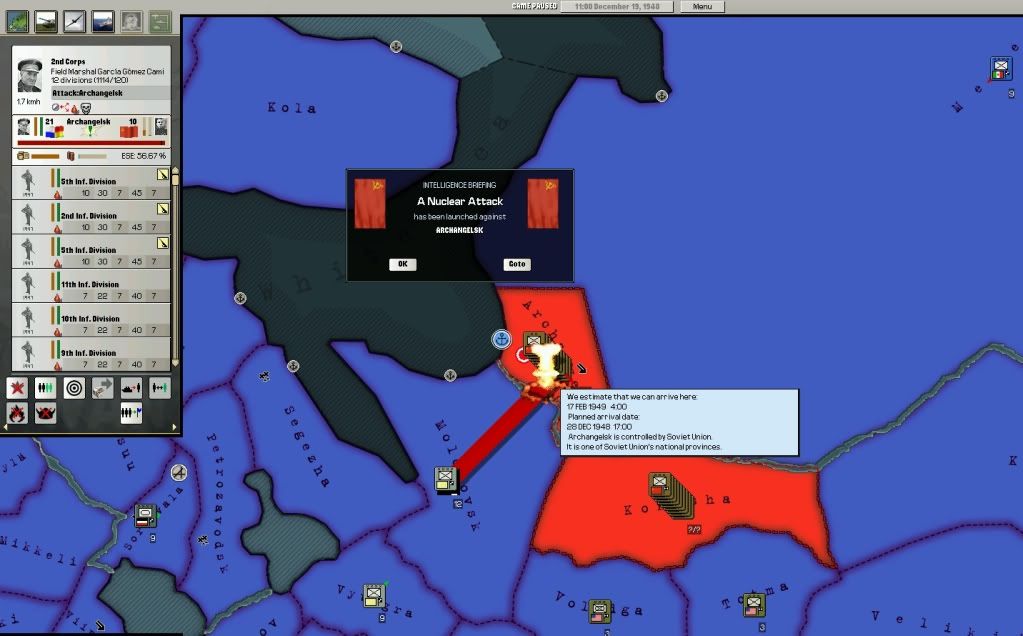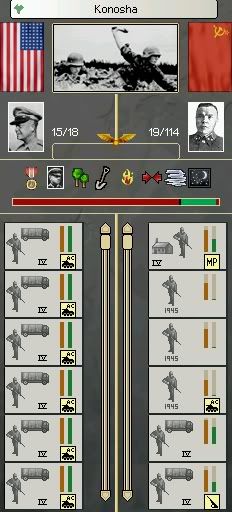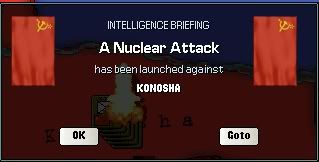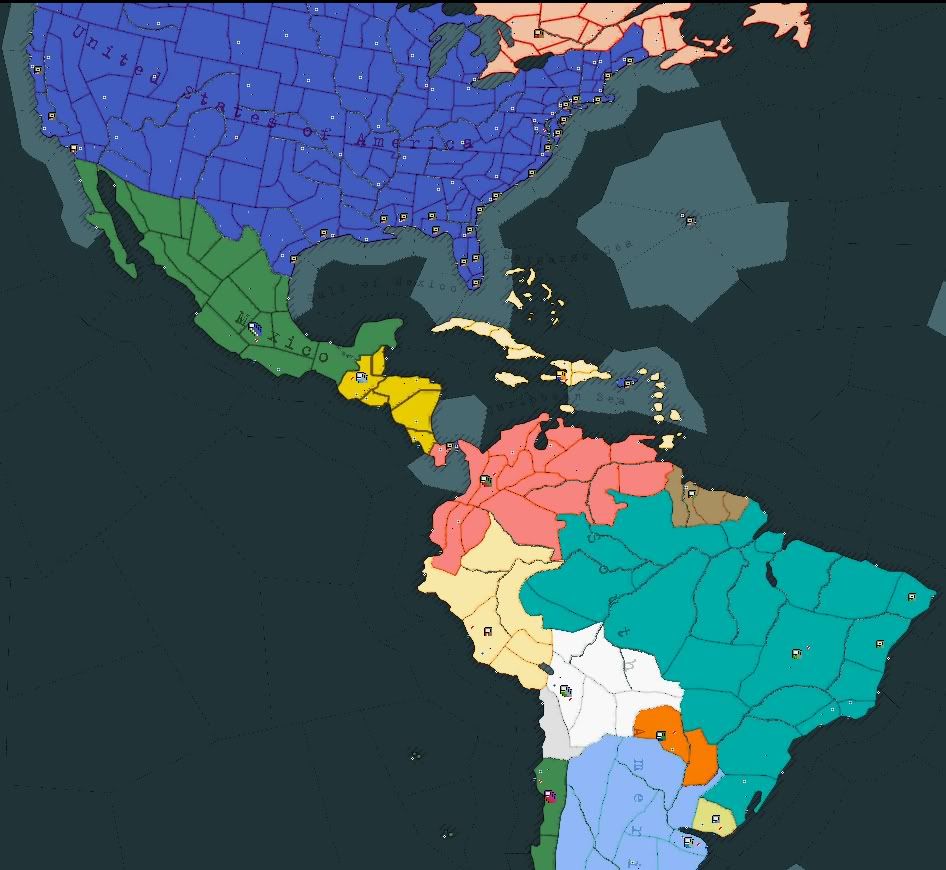DECEMBER 1948
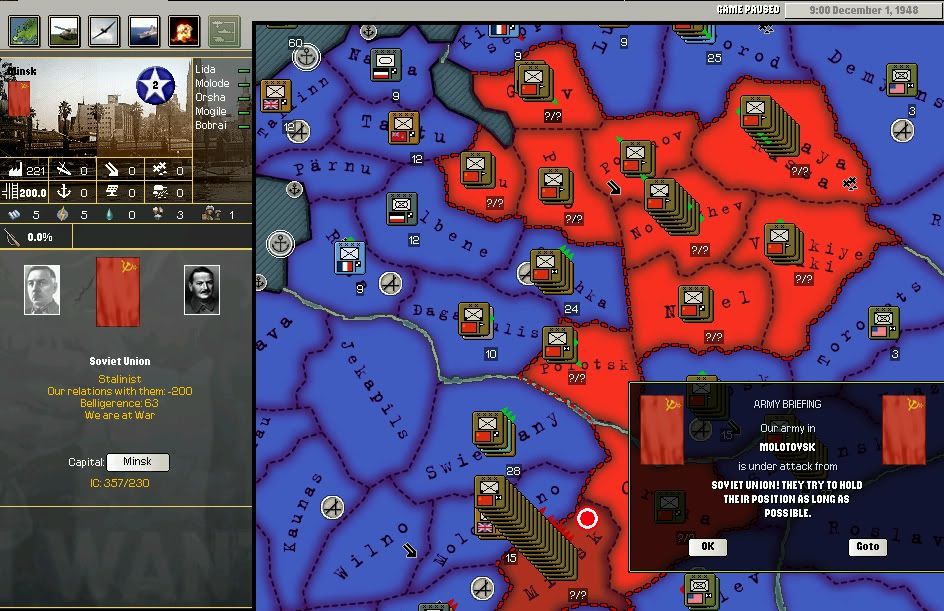
At the start of December only two major objectives remained for allied Forces: Minsk and Archangelsk. Minsk, the administrative center of what remained of the USSR, was the more pressing target, especially since it was teeming with factories which, presumably, had been moved westward in response to the allied invasion of the Urals(I have no idea how it’s worth that much ic). Before the war, Minsk had a population of about 300,000 people. Now it was teeming with refugees and as many as 2 million souls eked out a miserable existence in the city. The presence of so many refugees, many of them forcibly relocated by retreating soviet armies, made Truman hesitant to use the atomic bomb on Minsk. Thus, the allies had to fight room by room, house by house, and street by street until the flag of the United Nations flew above the city. Young men from Brazil, the United Kingdom, Canada, Germany, France, and the United States fought their way through the maelstrom of fire and concrete. Many would never make it home, but the ones who were there never forgot the hardships of two weeks of bitter urban fighting or the exhilarating sight of the six men, one from each of the allied nations involved, who raised the flag of the United Nations over the burning remnants of the House of Government.
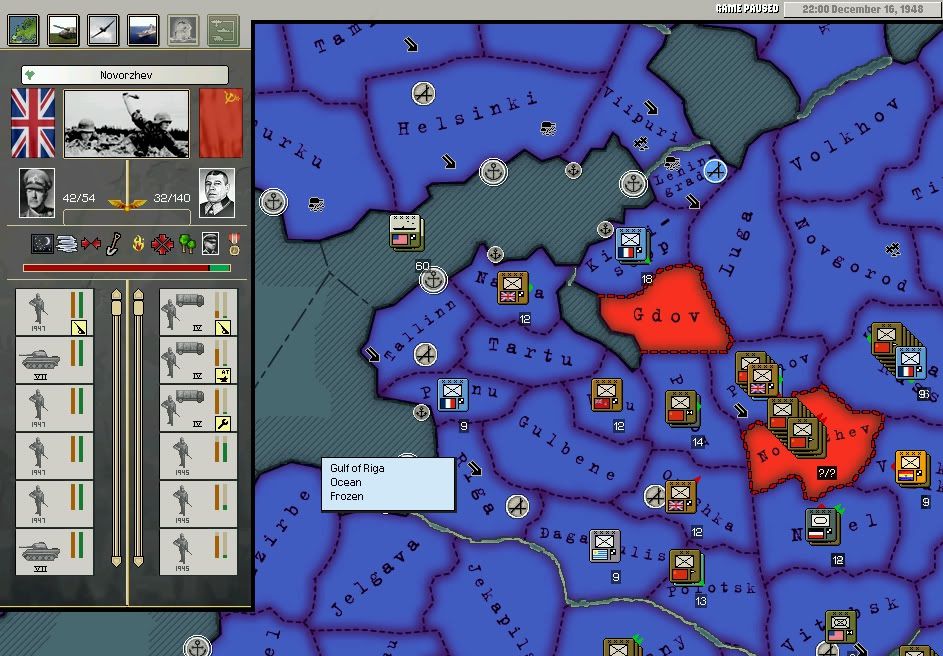
Zhukov and his closest subordinates committed suicide when it was obvious that Minsk was lost, and Zhdanov was nowhere to be found, which presented the allies with the problem of who would have the authority to accept their terms of unconditional surrender. Such a man was found in the woods, some 144 km southeast of Pskov, when British troops captured Marshal Boris Shaposhnikov. Unfortunately, Zhdanov somehow managed to escape to Archangelsk, so one final push was needed to end this war.
Iberian and Mexican troops were having trouble breaking through the Soviet lines in the north, which led Truman to authorize the use of yet another atomic bomb. The rational was that, at this stage, everything should be done to minimize allied casualties. No one wanted to hear that their son was the last to perish in the war.
Eisenhower’s forces were having an easy enough time repulsing Soviet forces from Konosha, yet Truman was deeply troubled by the few losses the Americans were suffering.
Thus, Truman made the order to drop an atomic bomb on Konosha. Eisenhower’s forces were forced to halt their advance and wait for the arrival of rudimentary NBC (Nuclear, Biological, Chemical) suits.
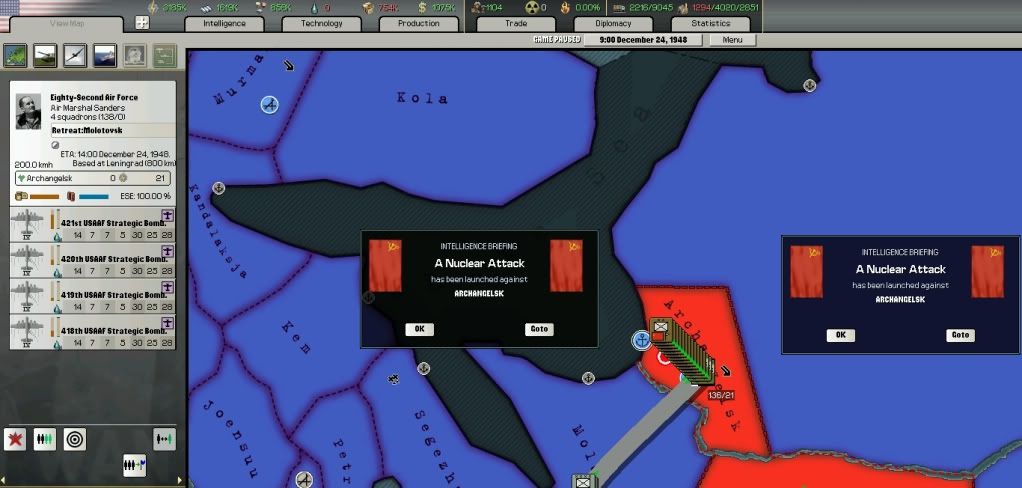
On the 24th of December, the last of America’s atomic arsenal was expended on Arkhangelsk after Truman heard reports that Zhdanov vowed to fight on from an underground bunker beneath the Gostiny Dvor, a network of fortified depots built in the 17th century. The bunker actually managed to survive the blast, but its NBC filters failed and the remnants of the Soviet government succumbed to internal radiation poisoning. Zhdanov himself, seemingly secure underground, spent much of the 24th speaking about the future of Socialist Realist cinema with Jiang Qing, who, after the mysterious disappearance of Mao Zedong and the subsequent execution of Zhu De, was the sole member of the Supreme Soviet of the Chinese SSR . The two followed this discussion with dinner and then managed to find the time to watch the latest Sergei Yutkevich film, Sacred War. They derided the film for being “filled with dangerously bourgeoisie nationalist sentiments” and “flirting with Russian chauvinism.” Zhdanov’s final written order was for the execution of Yutkevich, but the director was already in American custody. Little is known about the next few days, but by the time the American troops entered the bunker, everyone was dead, either by radiation sickness or suicide. Zhdanov, uneager to go through the lingering death that Stalin had, shot himself with his Nagant revolver, which he had kept since his days as a commissar during the civil war.
After the bombing the Americans immediately offered the Baruch Plan, a proposal to cease the production of atomic weapons on the condition that all other countries pledge not to produce them and agree to an adequate system of inspection. The members of the United Nations, eager to avoid any future nuclear wars, unanimously agreed to the plan.
While Truman wasn’t able to have the war over by Christmas, he was able to ensure that it ended before 1949. On the 28th of December, the ailing Marshal Boris Shaposhnikov signed the instruments of unconditional surrender. Jubilant street parties broke out all over the world as great crowds of people poured out of factories and offices to celebrate the news. From then on out, the United States would recognize the 28th of December as Victory Day, which would be a federal holiday.
With the fighting over, the time had come for the victorious United Nations to establish a just and lasting peace. The Heads of all the world’s Governments would meet in Washington in January to determine the future of the world, and, two months later, would meet in San Francisco for the the United Nations Conference on International Organization, which would result in the creation of the United Nations Charter.
